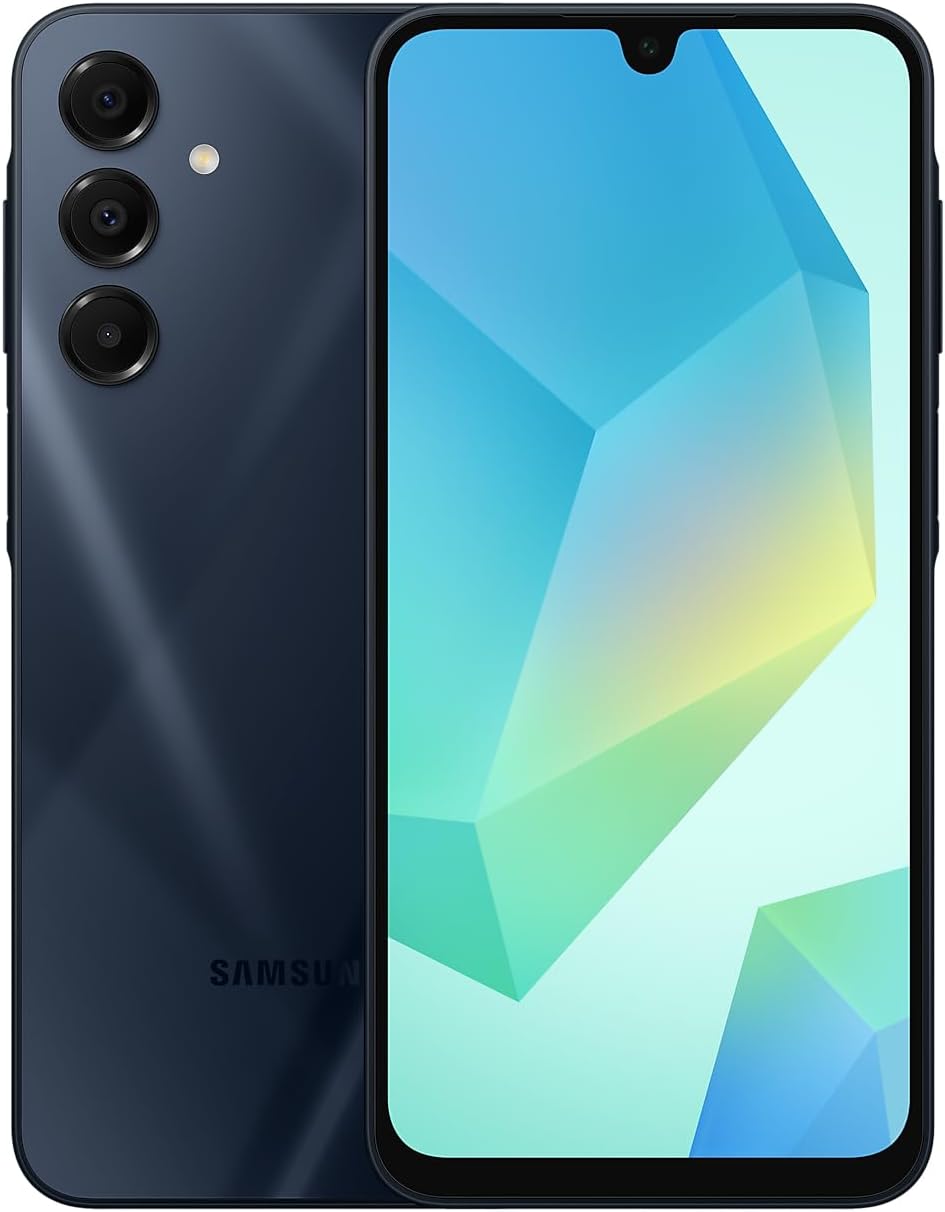There are comparisons that feel like friendly face-offs. This isn’t one of them. Putting the Samsung Galaxy A36 5G next to the Galaxy A16 5G feels a bit like comparing two people who share a last name but not much else. Same brand, sure. But once you power them on and start using them, the differences are so obvious, you start wondering how they even ended up in the same family.
They’re both fresh, they both carry the A-series badge, and they’ll both get long-term support. But make no mistake: these phones live in totally different neighborhoods. Let’s walk through the experience of using them—and why the A36 ends up feeling like the future, while the A16 clings to the past.
Familiar shape, but one just feels better
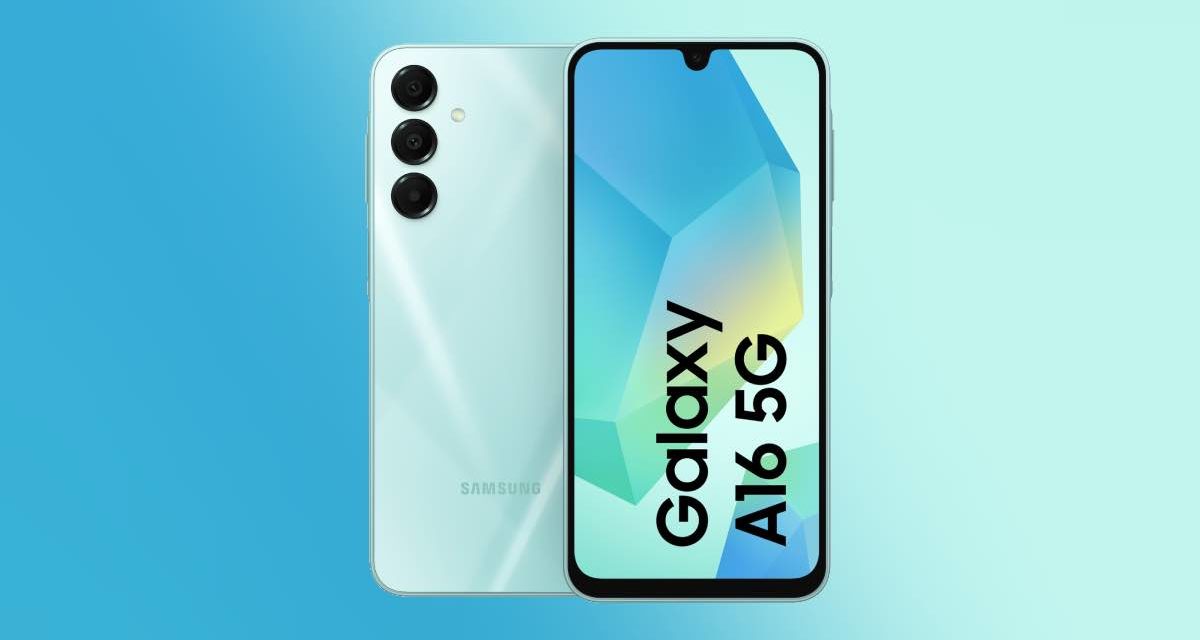
Hold them side by side and yeah, there’s some shared DNA. Flat frames, clean rear layouts, and that Key Island button cluster on the right. But dig a little deeper and the vibe changes.
The Galaxy A36 5G is thinner (7.4 mm), lighter (195 g), and just more refined. It fits better in the hand, doesn’t feel top-heavy, and comes off as sleek rather than “just functional.” The Galaxy A16 5G is bulkier at 7.9 mm and 200 g, and that little bit of extra weight does make a difference when you’re texting in bed or switching hands during a call.
And let’s talk fronts. The A36 has a clean punch-hole selfie cam, while the A16 is stuck with a dated V-notch that cuts awkwardly into the screen. It’s 2025. That notch feels like a time traveler from 2019. The A36 looks modern. The A16 looks like it’s waiting for a design update that already happened.
Display: the one thing you can’t unsee
Here’s where the gap turns into a canyon. The Galaxy A36 5G uses a 6.7″ Super AMOLED panel with 120Hz refresh rate. The colors? Rich. The blacks? Deep. The animations? Silky. Even just scrolling through Instagram or switching between apps feels next-level.
Now try the Galaxy A16’s 6.7″ TFT LCD screen at 90Hz. It’s… okay. But side by side, the difference is glaring. The A16’s colors are flatter, the contrast is lower, and the blacks aren’t really black—they’re dark gray. And in direct sunlight, you’ll be squinting more with the A16.
Honestly, once you’ve used AMOLED, there’s no going back. The A36’s screen isn’t just better—it’s in a completely different class.
Performance: not even close
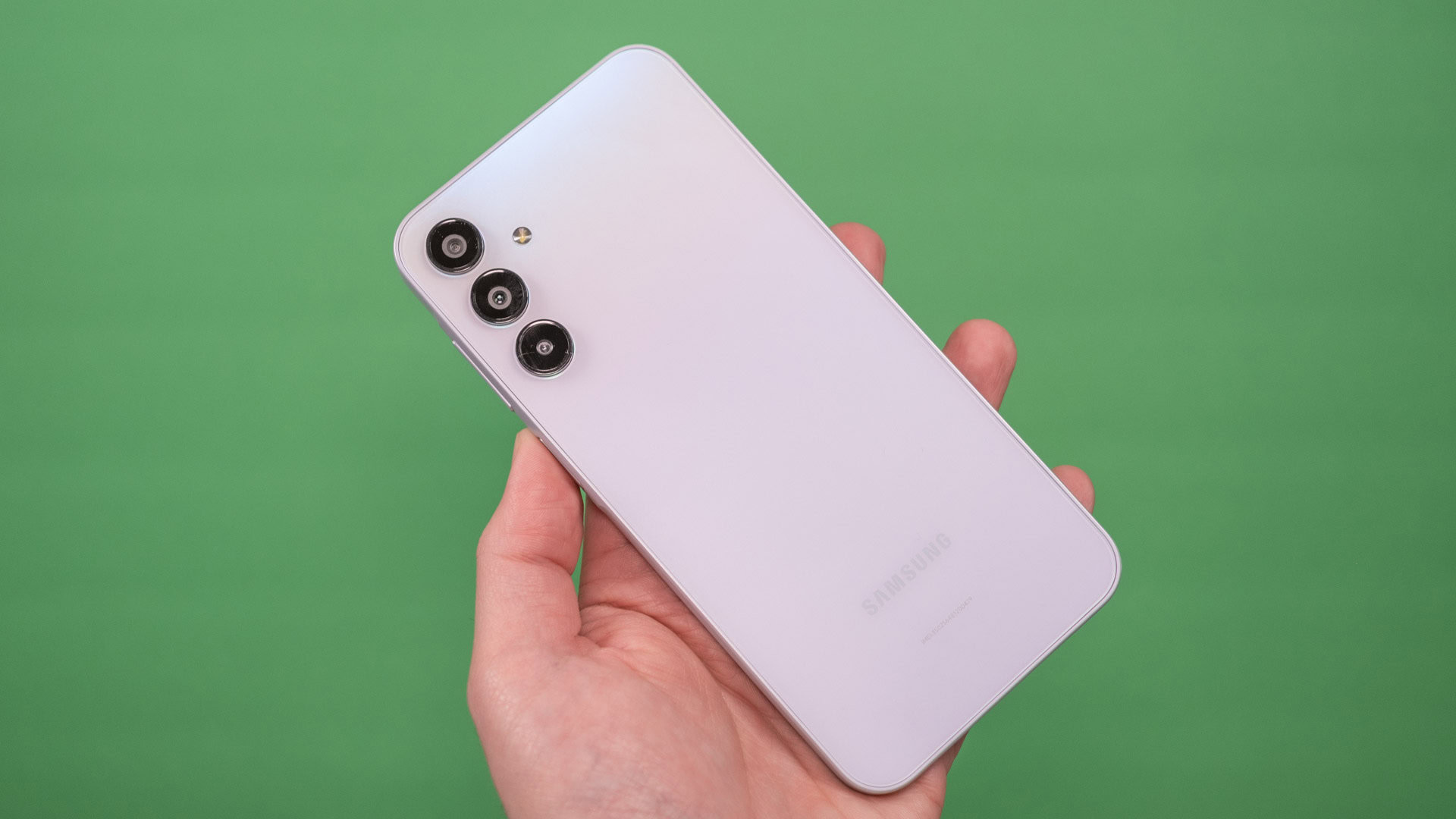
Here’s where things get blunt. The Galaxy A36 5G runs on the Snapdragon 6 Gen 3. It’s a 5nm chip that balances power and efficiency like a champ. You can game, multitask, edit photos, run maps in the background—it handles it all without breaking a sweat.
The Galaxy A16 5G? It’s got Samsung’s Exynos 1330, also 5nm, but don’t let the process size fool you. The A16 stutters. It hesitates when switching apps. It reloads stuff more often. It’s not unusable, but it’s noticeably slower across the board.
And the benchmarks? They’re brutal:
-
A36 Geekbench multi-core: 2915
-
A16 Geekbench multi-core: 1875
Even GPU performance shows the difference. The A36 is over twice as strong in 3DMark tests, making it far more suitable for graphics-heavy tasks.
Plus, the A36 starts with 6 GB RAM (and goes higher), while the A16 hangs at 4 GB. More RAM means fewer app reloads and smoother switching. And yes, both offer 128 GB storage, but that extra RAM really shows when juggling multiple things.
Cameras: similar specs, sharper results
Both phones say 50 MP main sensor. Don’t be fooled. The A36 pairs that main sensor with an 8 MP ultrawide and a 5 MP macro, while the A16 drops to a 5 MP ultrawide and 2 MP macro. That downgrade hurts.
The A36’s ultrawide shots have more detail and better consistency, especially at the edges. And if you’re into close-up shots, the 5 MP macro lens actually produces something useful. The 2 MP one on the A16? It’s more novelty than tool.
Low-light performance also tilts in favor of the A36. Less noise, better contrast, and faster shutter response. The ISP in the Snapdragon chip is just doing better work.
Even the selfies are better on the A36, thanks to both superior hardware and better image processing.
Battery: same size, different results
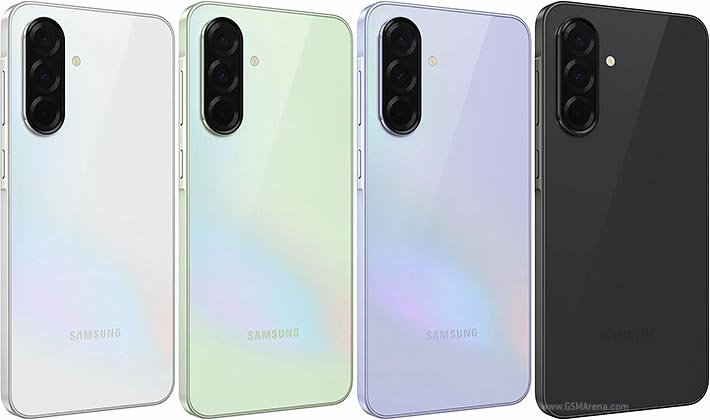
Here’s the one area that looks even—on paper. Both the A36 and A16 pack 5,000 mAh batteries, and both last a full day without issue.
But charging speed is another story. The A36 supports 45W wired charging, while the A16 tops out at 25W. That means the A36 can go from near-empty to 65% in around 30 minutes. The A16? You’ll be waiting longer, and it shows.
For people who plug in throughout the day or rely on quick top-ups, the faster charging on the A36 just makes life easier.
Software support: long-term equals, short-term feels different
Both phones get Android 14 out of the box, with 4 years of OS updates and 6 years of security patches. And yes, that’s awesome for this price tier.
But the user experience isn’t the same. One UI on the A36 runs smoother, transitions better, and looks sharper thanks to the display and performance combo. You get access to smarter features like Circle to Search, Object Eraser, and enhanced multitasking. The A16 doesn’t get those perks—and even if it did, the hardware would struggle to run them smoothly.
Same update promise, totally different day-to-day feel.
Audio, biometrics, and 5G
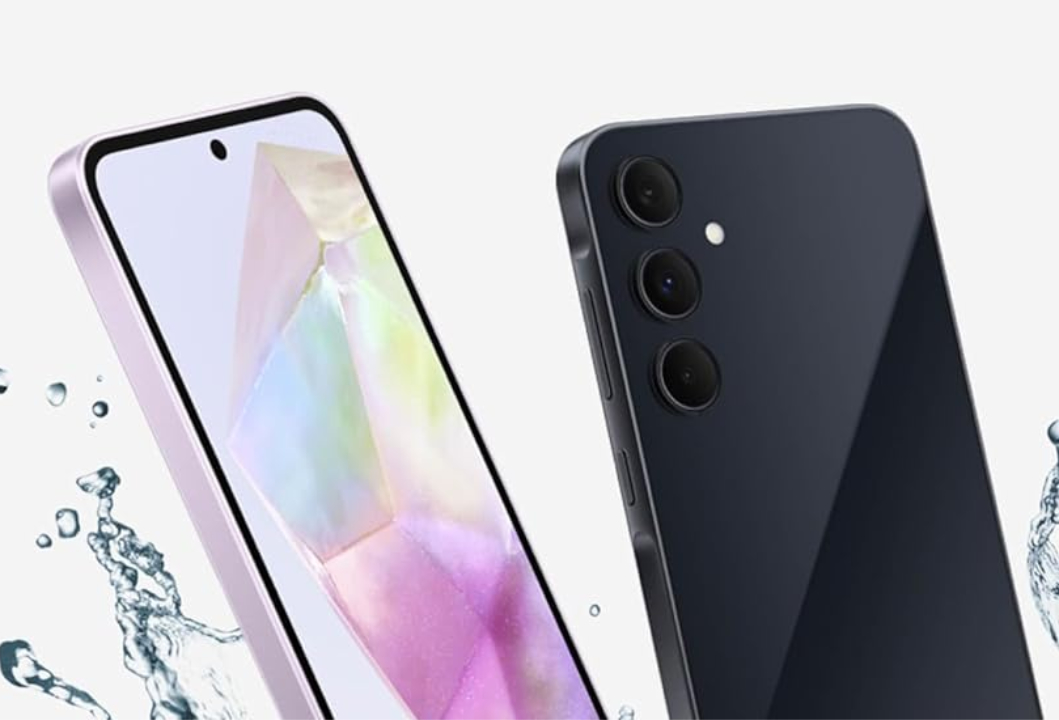
Let’s round out the specs:
-
Fingerprint scanners are side-mounted on both—fast, reliable, no complaints.
-
No stereo speakers on either, but the A36 has slightly better tuning and louder volume.
-
5G is supported on both, but with slightly more band coverage on the A36, especially if you travel.
So, nothing radical here, but the A36 just keeps pulling ahead, even in the little stuff.
And the verdict?
Let’s be real: the Galaxy A16 5G is fine. It’s a basic phone for someone who needs the essentials—texting, calls, social media, a few apps. It looks decent, it lasts all day, and it’ll stay updated for years. If you’re on a strict budget, it makes sense.
But the Galaxy A36 5G isn’t just better—it feels like a whole generation ahead. The AMOLED screen alone changes the way everything looks. The performance is fast enough to keep up with whatever you throw at it. The design is sharper. The cameras are more flexible. And the charging is way more convenient.
So if you’re choosing between the two, don’t let the A-series branding fool you. These phones may share a name, but they don’t share a tier.
The A36 5G is the one to buy. The A16 is the one you settle for. Simple as that.

